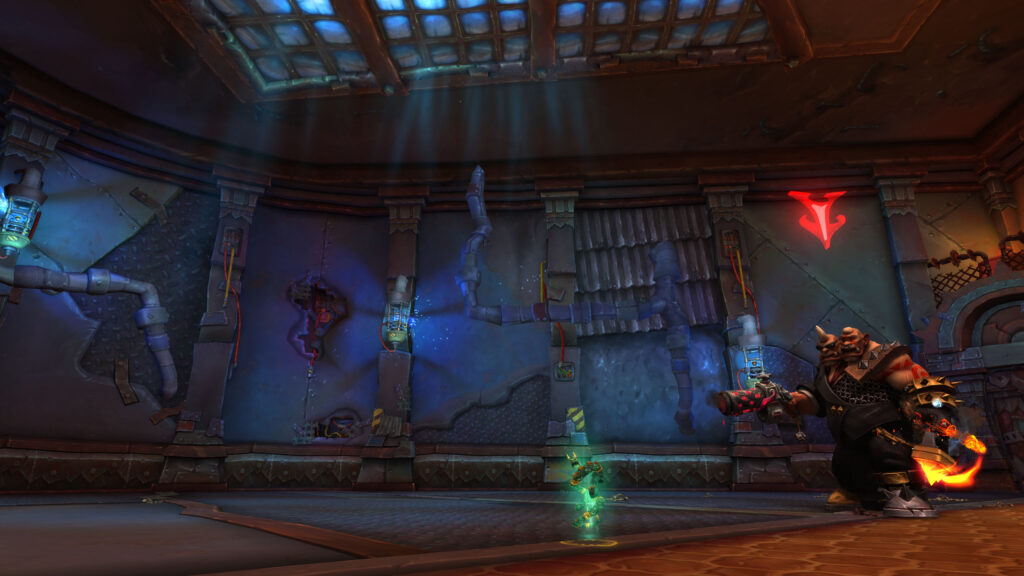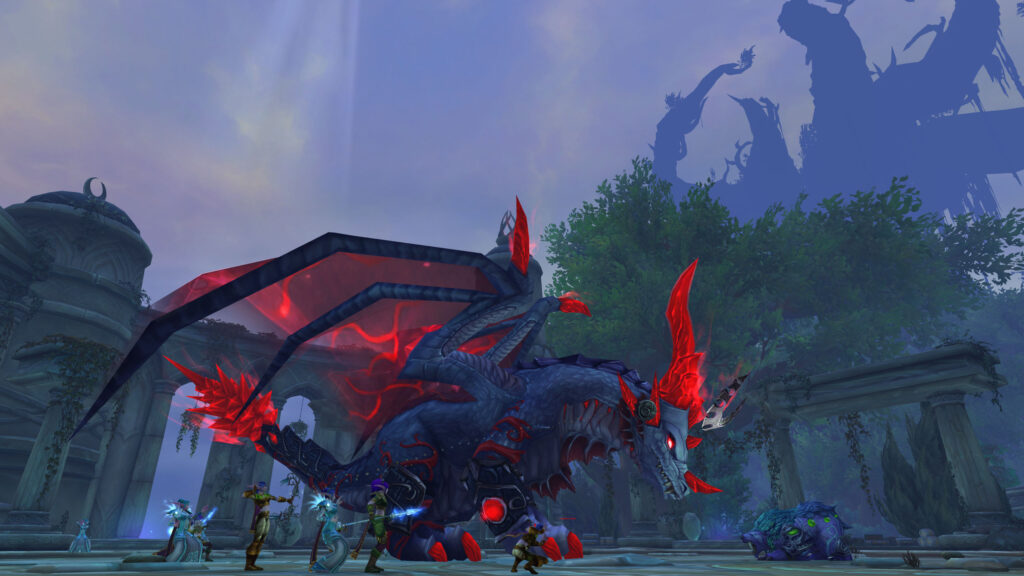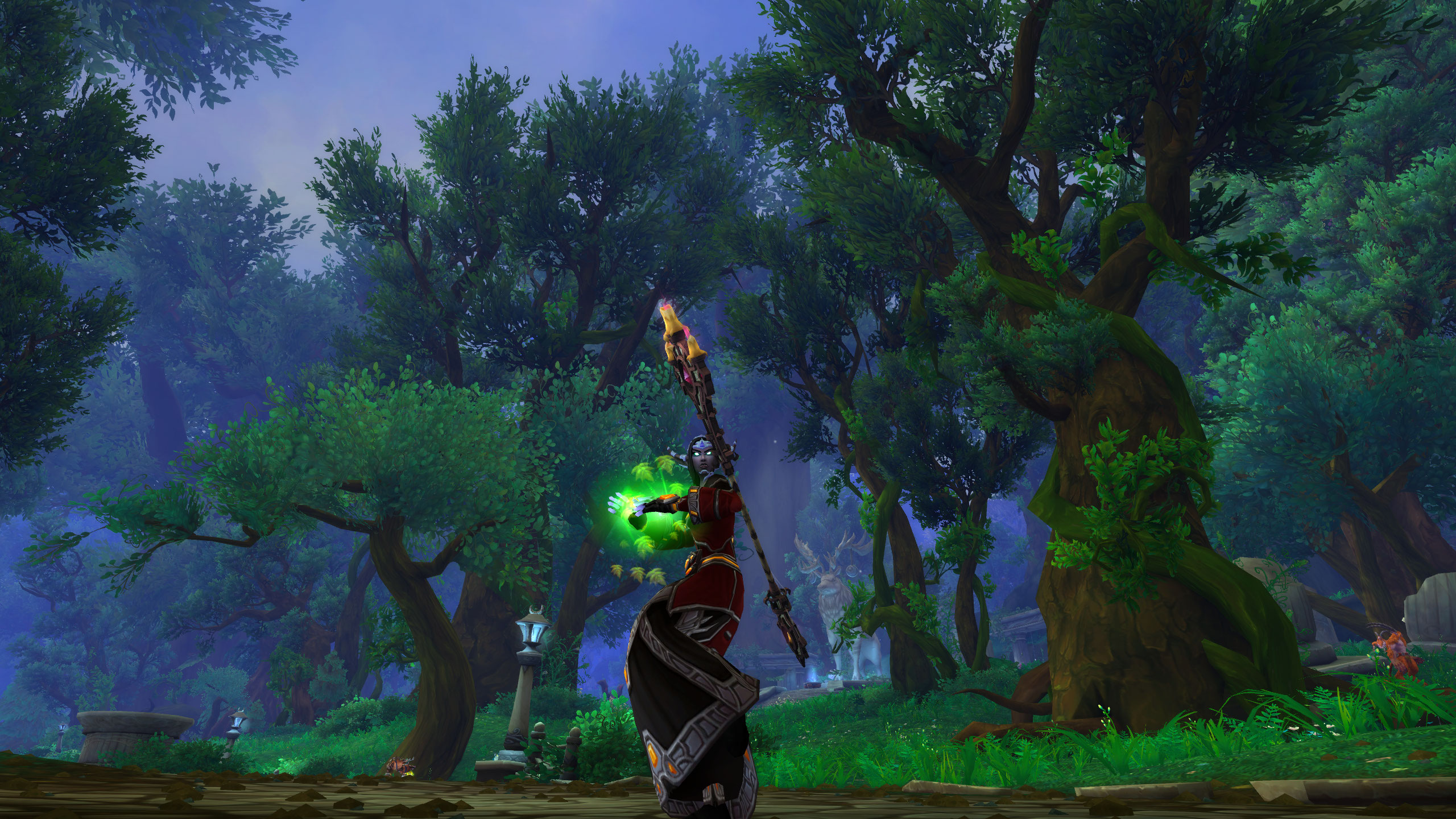Introduction
For many World of Warcraft players, earning a high Mythic+ score is a sign of skill and commitment. A strong score opens doors to top-tier rewards, leaderboard placement, and a deeper sense of achievement. However, grinding keys solo or with a static group can take dozens of hours as you work through trial-and-error pulls, boss mechanics, and path choices. That’s where a WoW Mythic Carry service comes in. By joining skilled players who specialize in high-level keys, you can complete runs quickly, earn maximum points, and move up the rankings with minimal downtime.
A WoW Mythic Carry run typically involves you signing up with a boosting team or individual booster who steps in to handle the toughest pulls and skips, while you focus on following instructions and looting gear. These runs can cover key levels from +10 all the way to +20 and beyond, depending on the provider and your goals. Completing a +15 or +17 carry not only grants you the loot you need but also awards significant Mythic+ points—often far more than what you could earn on your own in the same amount of time. This approach gives casual players, streamers, or those short on play time an efficient way to stay competitive each week.
In this article, you will learn how the Mythic+ scoring system works, why a WoW Mythic Carry can boost your score more effectively than solo play, and which strategies will help you pick the best carry options for your needs. We’ll cover key factors like timer-based scoring, seasonal caps, and how to combine carry runs with self-play for sustained growth. By the end of the first three sections, you’ll understand why players turn to carry services, how to choose runs that maximize your point gain, and how to integrate carries into your weekly game plan. Ready to see your score climb? Let’s dive in.
Understanding Mythic+ Score
Mythic+ score is calculated based on the key levels you complete and how quickly you finish them. Each dungeon key carries a base point value that increases with level. For example, finishing a +10 dungeon might award 100 points, while a +15 could give you 300 points. On top of that, you earn bonus points for beating the dungeon well under the timer. The faster your group completes the run, the more points you collect. This creates a clear incentive to focus on higher-level keys and speedy clears.

Your weekly Mythic+ score reflects your top runs: the system counts your highest 12 key levels, so if you complete more than 12 runs, only the best ones contribute to your total. Additionally, there is a seasonal cap on the maximum key level that gives full points, which often corresponds to the Keystone Master achievement threshold. If you push beyond that cap, extra levels still grant points, but at a reduced rate. Understanding these rules helps you plan which keys to target with a carry service. For instance, if your weekly goal is 3,600 points, you might aim for four +15 carries or a mix of +16 and +14 runs to hit that mark efficiently.
Finally, Mythic+ score decays slowly over time once the season ends, so early investment in high-level carries can lock in your ranking before decay starts. Rank placement on leaderboards is based on your score relative to other players, so even small differences in key levels or completion times can move you up or down. A single +17 carry that finishes with 30 seconds to spare can be worth substantially more than a rushed +15 run, making carry choices a critical lever in the scoring game.
How Carry Runs Affect Your Score
A WoW Mythic Carry run can deliver immediate score gains that would take many solo attempts to match. Imagine you spend two hours trying +15 dungeons on your own and only clear three keys—each giving around 300 points for a total of 900. In contrast, a carry service might finish two +17 runs in less than that time, each worth roughly 400 points or more, for 800 points. Add in another +16 carry you book next day, and you’ve already outscored your solo efforts with less time spent. This efficiency allows you to hit weekly point targets faster, especially if you pair carries with a few self-play runs to fill out your top 12.

Carry runs also protect against time wasted on failed pulls or frustrating wipes. When you push keys near or above your current skill threshold, you risk multiple retries that eat into your play session without adding to your score. With a carry, those difficult pulls are handled by experts who know optimal routing, skip strategies, and boss cooldown windows. You avoid the grind of trial-and-error pulls and secure clean, fast clears that maximize timer bonuses.
Moreover, carry runs give you access to point thresholds you might struggle to reach solo. Many players aim for the Keystone Master achievement, which requires finishing a +20 key within the timer. Solo, that goal can take weeks of practice and gear upgrades. A carry service can finish a +20 for you, providing not only the points but also the achievement credit. That result propels your score well past seasonal caps and landmarks, helping you stand out on leaderboards and earn top-tier gear faster. By carefully selecting carry levels that align with your weekly targets, you can leverage each run for maximum score impact.
Choosing Carry Runs for Maximum Points
Selecting the right key levels for your carries is crucial to boost your score quickly and efficiently. High-level keys such as +17, +18, and +19 offer the largest point gains, but they also come with higher price tags and slightly longer completion times. Balancing cost, time, and point yield will help you hit weekly targets without overspending. The table below shows approximate point values and average run durations for common carry levels:
| Key Level | Approximate Points per Run | Average Run Time | Cost Indicator |
|---|---|---|---|
| +15 | 300 | 30–40 minutes | Low |
| +16 | 325 | 35–45 minutes | Medium |
| +17 | 360 | 40–50 minutes | Medium–High |
| +18 | 390 | 45–55 minutes | High |
| +19 | 420 | 50–60 minutes | High |
Use this table as a rough guide when planning carries. If your weekly point goal is around 3,600, you could book ten +15 carries or mix in +17s and +18s for fewer runs with higher returns. For example, eight +17 carries would yield roughly 2,880 points, leaving room for four +15 or +16 solo attempts to fill out your top 12. Always check current service prices and completion estimates, as they may fluctuate with season demand and dungeon popularity.
In addition to raw point values, consider any seasonal score caps or full-point thresholds set by Blizzard. Keys up to +20 often give full points; beyond that, point gains taper off. If you aim for the Keystone Master threshold, prioritize a +20 carry—even if the cost is higher—because the full-point bonus outweighs several lower-level runs combined. Once you clear a +20, you secure the maximum per-key points and can backfill with lower levels if you need extra entries.
Preparing Your Character for High-Level Carries
Getting your character ready before a carry session ensures you meet the service requirements and contribute effectively. Follow this checklist to avoid last-minute issues:
- Item Level and Gear Check
- Verify your average item level meets or exceeds the carry minimum (often 430+ for +17 and above).
- Enchants and Gems
- Apply the best enchantments and socket gems available to your class and spec to maximize damage or healing.
- Consumable Stock
- Stock up on food buffs, flasks, potions, and any dungeon-specific items like anti-venom or armor potions.

- Add-On Installation
- Install or update key add-ons such as Deadly Boss Mods, WeakAuras, and Details! to track timers, buffs, and performance.
- Voice Chat Setup
- Test your Discord or in-game voice to ensure clear audio; adjust microphone levels and eliminate background noise.
- Spec and Talent Verification
- Confirm you are in the correct spec for DPS, healing, or tanking role booked; talents should match the meta for high-key play.
- Inventory Management
- Clear bag space and bank slots so new loot has room; mail or sell old items to avoid full-bag errors.
Completing these steps at least one hour before your run allows time to correct mistakes. If you find any missing enchants or low bag space, you still have time to log out, make adjustments, and log back in. Carry services often have strict start windows; arriving fully prepped shows respect for the booster’s time and keeps the run focused on gameplay rather than troubleshooting.
Booking Multiple Runs Efficiently
If your goal is to hit high point totals each week, scheduling carries back-to-back can save both time and money. Many providers offer package deals or bulk discounts when you book several runs in the same transaction. Plan your sessions based on your own availability and peak booster hours—weekday evenings and weekends typically fill up fast, so book early if possible.
When booking multiple runs, use these strategies:
- Staggered Scheduling: Book runs with 10–15 minute gaps to handle any technical issues between sessions without missing slots.
- Rush or ASAP Options: If your schedule changes, choose “ASAP” runs that fill the next available booster slot. This avoids waiting days for a specific time.

- Package Deals: Look for providers that bundle three or more carries at a reduced rate per run. This can cut costs by 5–10% compared to single orders.
- Calendar Integration: Add all run times to your personal calendar with reminders set for 15 minutes before each start. This prevents late logins and wasted fees.
Keep a running log of completed runs, including key levels, completion times, and points earned. This record helps you track progress toward weekly goals and plan which carry levels to book next. If you consistently finish runs faster than advertised, you might downgrade to a lower-cost service or self-play a few keys to fill your top 12. Efficient booking and careful planning turn a series of carry runs into a smooth score-gaining routine that fits neatly around your real-life commitments.
Conclusion and Next Steps
Maximizing your Mythic+ score with a WoW Mythic Carry involves clear planning, solid prep, and active engagement during runs. By choosing the right key levels, preparing your character, and following simple in-game calls, you secure fast, high-point clears. Track your runs with a table to stay on target, and mix in solo practice to sharpen your skills.
Your next steps: set a weekly point goal, book carry runs that hit your target efficiently, and schedule solo practice slots to reinforce what you learn. With this strategy, you’ll climb the leaderboard, unlock better seasonal rewards, and grow as a player—turning each session into progress you can see and feel. Good luck, and may your next carry run boost both your score and your confidence!

